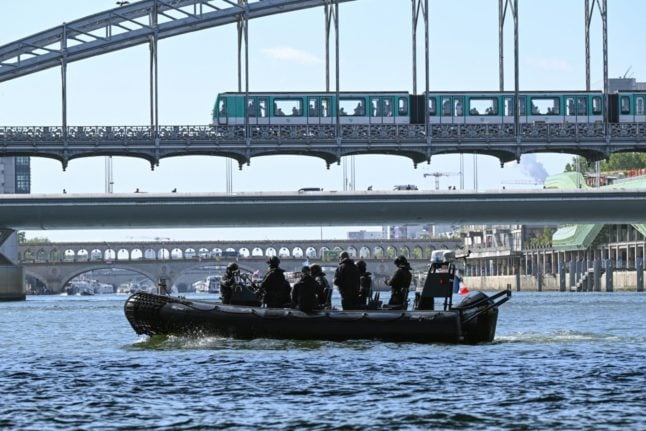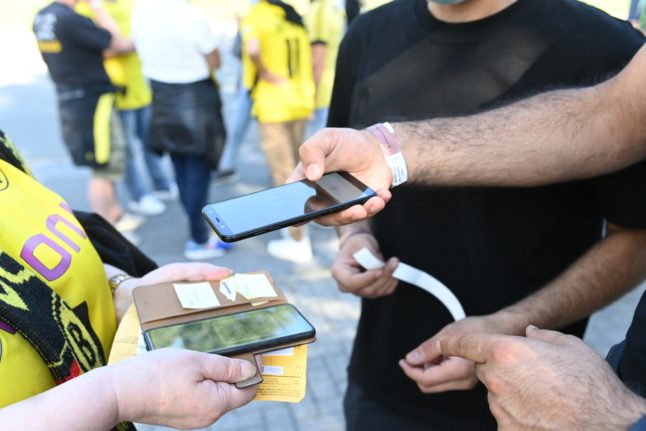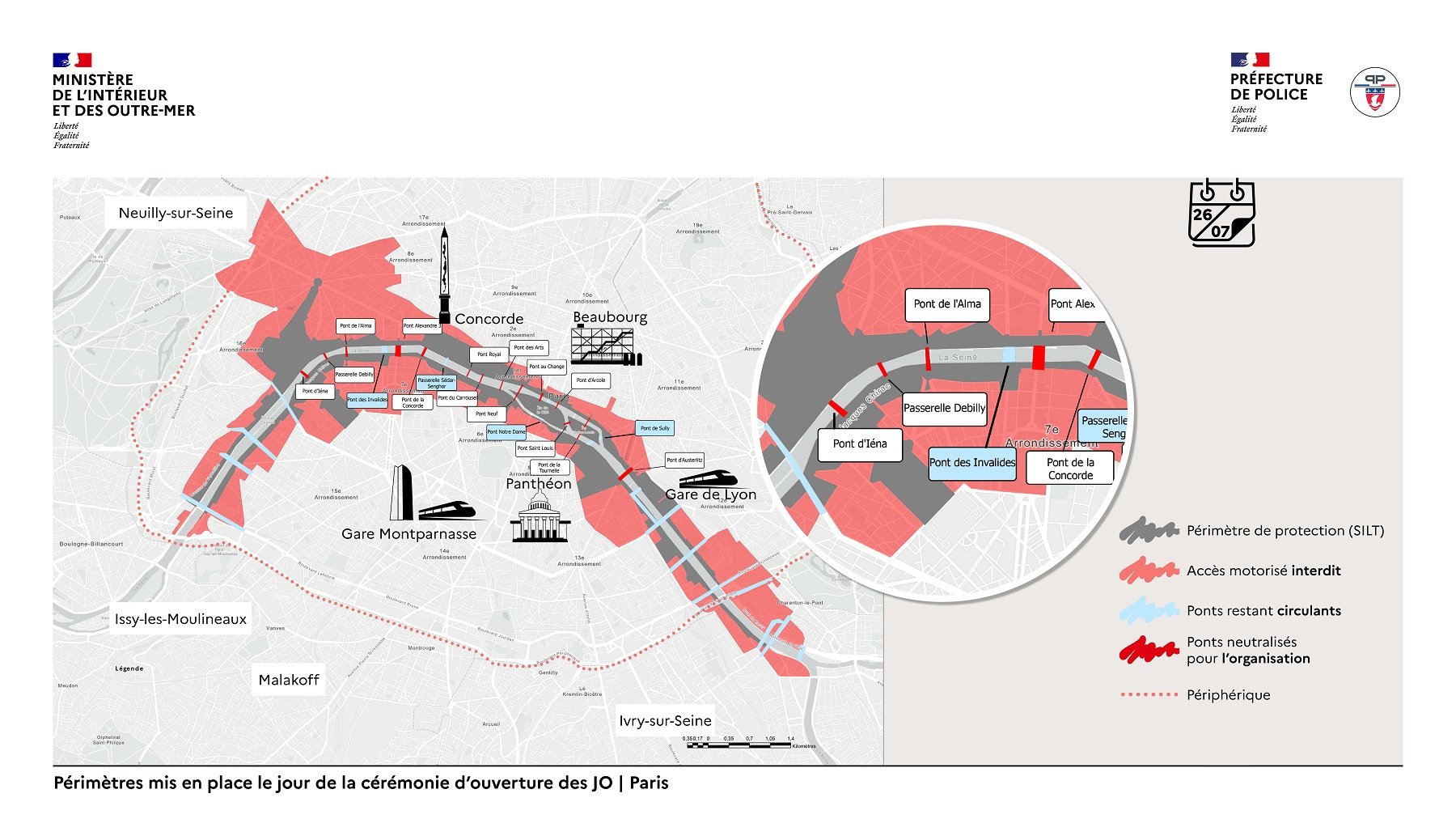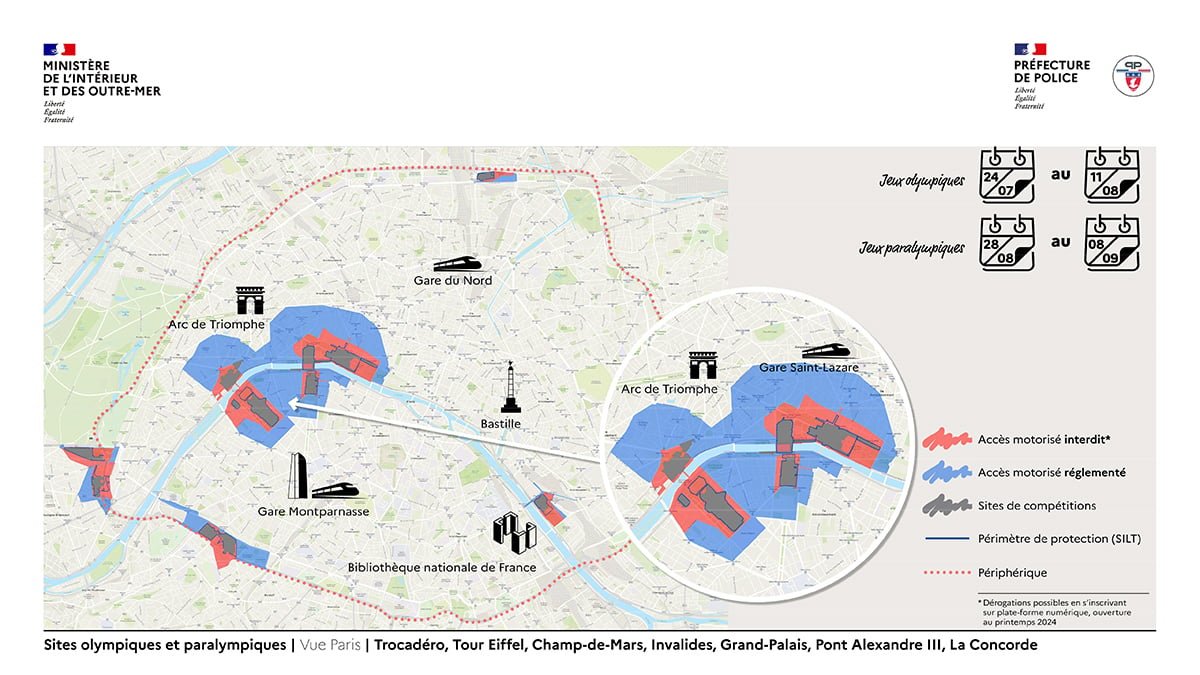Organisers have scaled back their plans for the waterborne parade – with crowds once imagined as large as two million people – in the face of resistance from French security services and worries about terror attacks.
But it is still set to break records in terms of size, with all previous opening ceremonies taking place in the main athletics’ stadium.
“We will have 104,000 spectators on the lower bank who have paid for a ticket,” Darmanin told a hearing in the Senate. “Then you have 222,000 people on the higher banks (with free tickets).”
He estimated that another 200,000 people would watch the open-air parade on July 26th along the river from buildings that overlook the Seine, with an additional 50,000 in fanzones in the capital.
The open-air ceremony on boats is in keeping with promises to make the Paris Olympics “iconic”, with the local organising committee keen to break from past traditions in the way it stages the world’s biggest sporting event.
The 2008 Beijing Summer Olympics ceremony is generally considered to be the most spectacular in history while the 2012 London ceremony, overseen by film director Danny Boyle, won rave reviews for showcasing
Britain’s quirky side.
A total 180 boats are set to sail around six kilometres down the Seine, of which 94 will contain athletes, the top security official for the Paris region, Marc Guillaume, told the same hearing.
“No country has informed us that they do not want to take part,” Darmanin explained. “They have confidence in our organisation.”
The executive in charge of planning and risk management at the Paris organising committee told AFP last week that special security measures would be considered for high-risk delegations such as those from the US or Israel.
“Every delegation has its own unique circumstances, and we’ll look at solutions that are adapted to the risk,” Lambis Konstantinidis said.
The Olympics have been targeted with attacks in the past, notably Munich in 1972 and Atlanta in 1996.
France was placed on its highest alert for terror attacks in October after a suspected Islamist burst into a school in northern France and stabbed a teacher to death.
The country has been repeatedly targeted by Islamic extremists over the last decade, particularly from the Islamic State group, while Israel’s war against Hamas in Gaza is seen as exacerbating domestic tensions.
Around a million people are set to be screened in advance by French security forces for possible security risks, including the athletes, journalists, private security guards and people who live close to key infrastructure.
Darmanin repeatedly stressed the scale of the challenge of securing the Games, which are set to take place at venues around the City of Light, including at tourist hotspots such as the Eiffel Tower, Place de la Concorde and Les Invalides.
The Olympics take place from July 26-August 11 followed by the Paralympics from August 28-September 8.






 Please whitelist us to continue reading.
Please whitelist us to continue reading.
Member comments